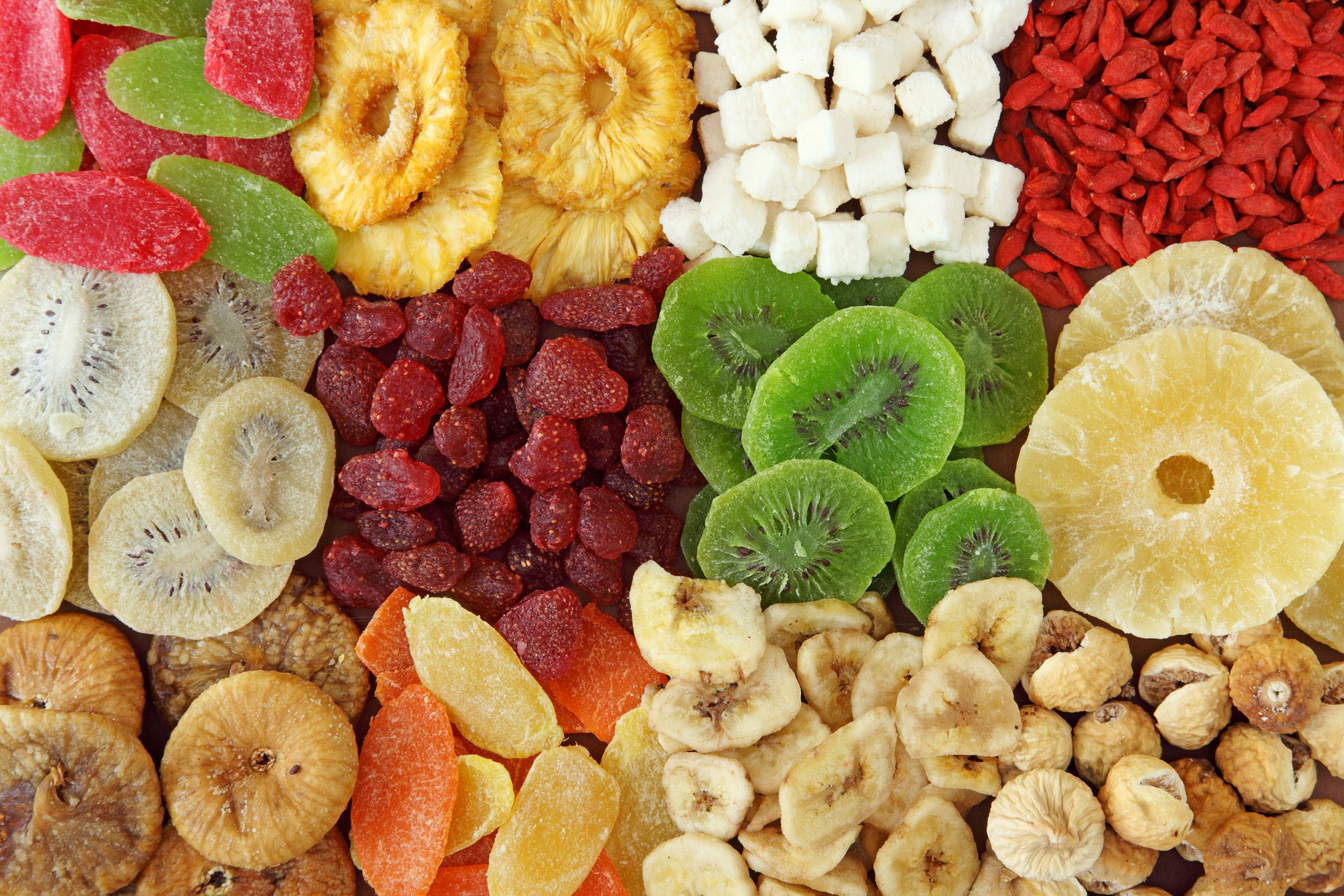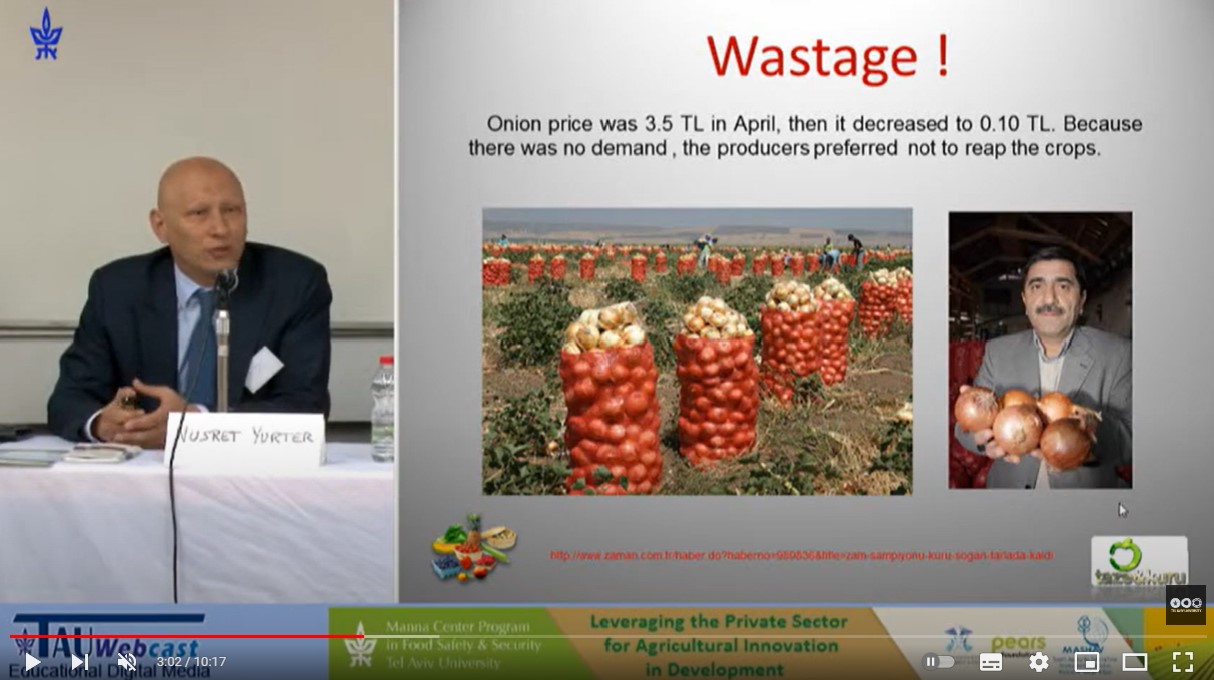
Some of the short term effects
-
reduction of the CO2 footprint
-
jobs for people who might otherwise migrate
-
use of renewable energy resources
-
reduction of food waste
-
extending food life span
-
development of technology and talent
-
use of renewable energy resources
-
use of renewable energy resources

Dehydrating Food with Geothermal Energy
Some of the long term effects
-
fight against climate change
-
reducing CO2 emission
-
avoiding pollution
-
reduction of energy costs
-
economic growth of the community
-
more job openings on the side
Dehydrating food using geothermal energy is a method of preserving food that has been used for thousands of years. Geothermal energy can be used to heat air or water, which can then be used to remove moisture from fruits, vegetables, and other foods, allowing them to be stored for longer periods of time.
The process of dehydrating food involves removing water from the food, which inhibits the growth of bacteria and other microorganisms that can cause food to spoil. In traditional methods, food is often dried in the sun or using a fuel-based heat source. However, using geothermal energy to power food dehydrators can be a more sustainable and efficient way to preserve food.
Geothermal-powered food dehydrators use the heat produced by geothermal sources to dry food. The heat is transferred to the food using air or water, which is then evaporated to remove moisture from the food. The dried food can then be stored for long periods of time without spoiling, making it a valuable resource for communities that rely on agriculture for their livelihoods.
Geothermal-powered food dehydrators can be especially useful in regions with high geothermal activity, where traditional drying methods may not be feasible due to high humidity or other environmental factors. By using geothermal energy to power food dehydrators, communities can preserve their food supplies and reduce their reliance on fossil fuels or other non-renewable energy sources.
While geothermal-powered food dehydrators can be an effective way to preserve food, they can be expensive to build and operate, especially in areas where geothermal energy is not readily available. Additionally, the cost and availability of the technology may limit its use in some areas. Nonetheless, the use of geothermal energy for food preservation is a promising and sustainable solution that could help reduce food waste and increase food security in many communities around the world.

Healthy

Rich source of fiber

The benefits of dried fruits?

Is dried fruit good for energy?
Low carbon energy families:
Geothermal has some of the most potential with the fewest drawbacks.
Solar panels are capable of generating power with zero emissions. The generated power can be used to feed your energy demand, perfectly replacing conventional energy needs with green energy. Every kilowatt of green energy can reduce your carbon footprint by 3,000 pounds annually.
Wind energy is a viable alternative of fossil fuels. It does not emit CO2 or other air pollutants. It runs virtually carbon free for its lifetime.
Reinjection
helps to maintain the pressure level in the reservoir. Another important benefit of reinjection is by continuous flushing of the rock matrix by the cooled water, the recoverable energy from the reservoir substantially increases.
Geothermal power
plants largely release only excess steam, with most plants discharging no air or liquid. This makes geothermal power plants a clean source of electricity and an important contributor to the nation's zero-carbon future.
Geothermal energy
is considered one of the most efficient and sustainable types of energy because it's a clean, reliable, and renewable resource. It uses the heat inside the earth's surface to generate electricity and provide heating and cooling.
Geothermal sources
are a renewable energy and will never deplete. Abundant geothermal energy will be available for as long as the Earth exists. It is a renewable energy source from the heat generated by the earth's internal core and is available 7/24/365.


